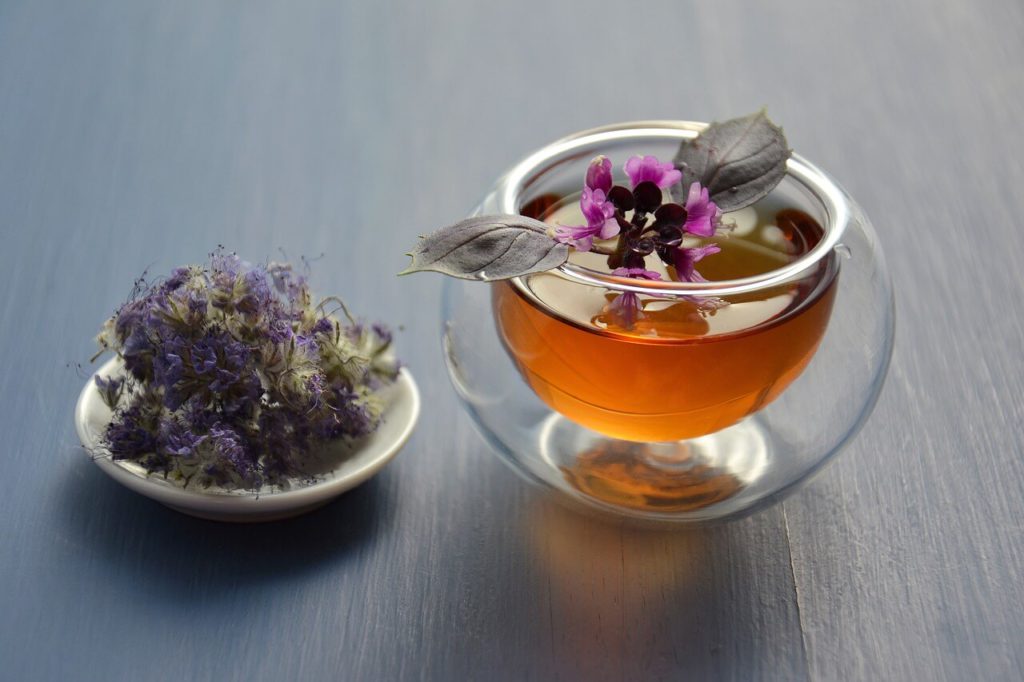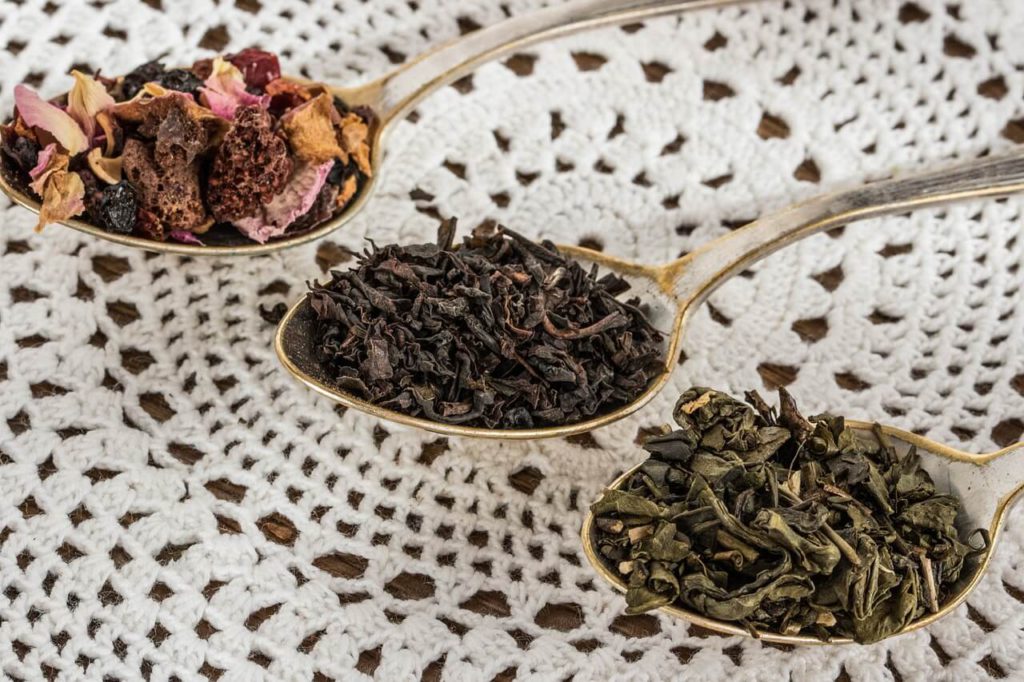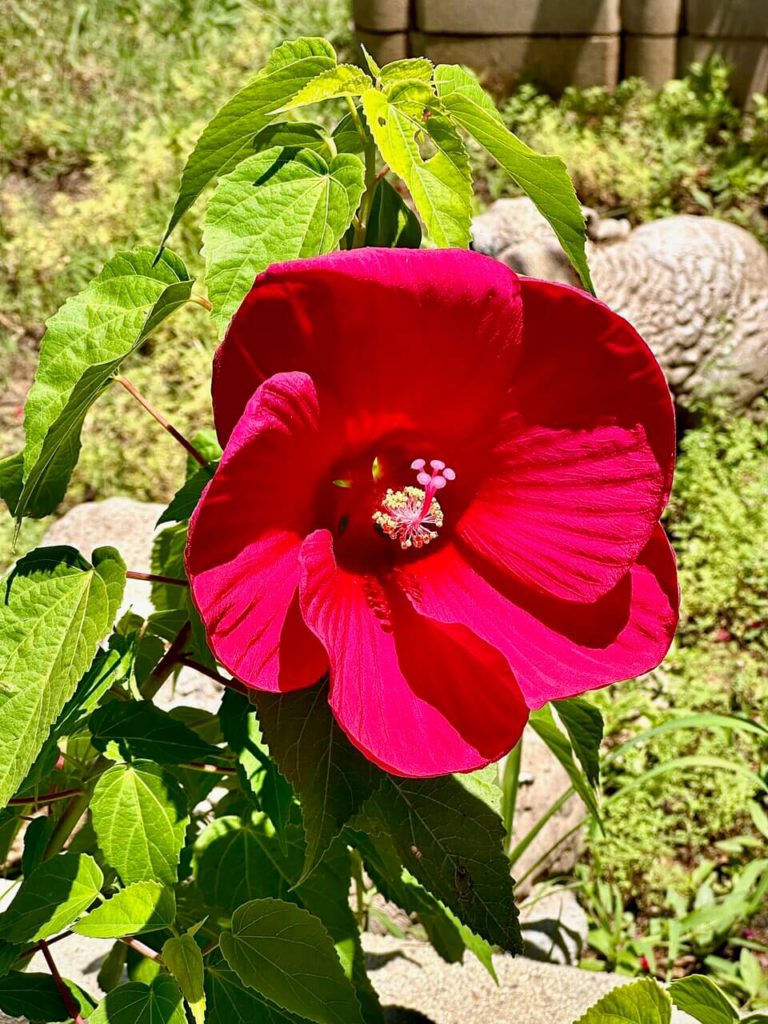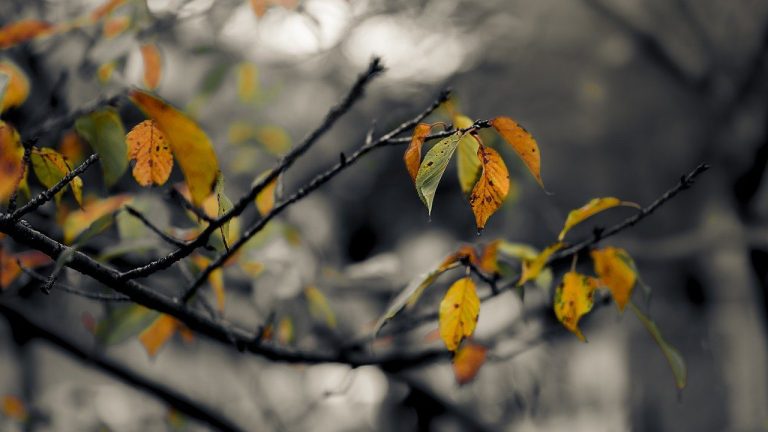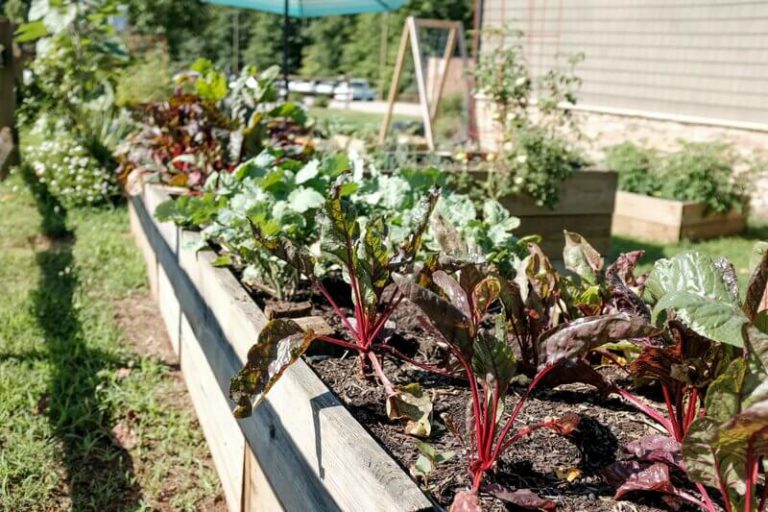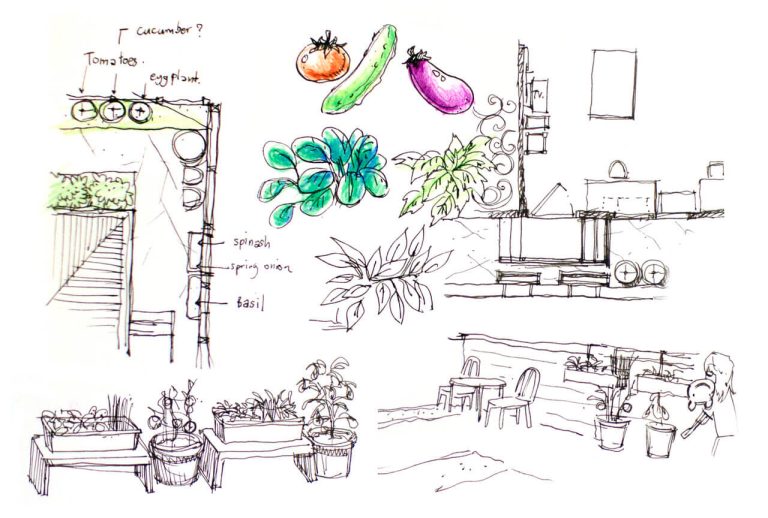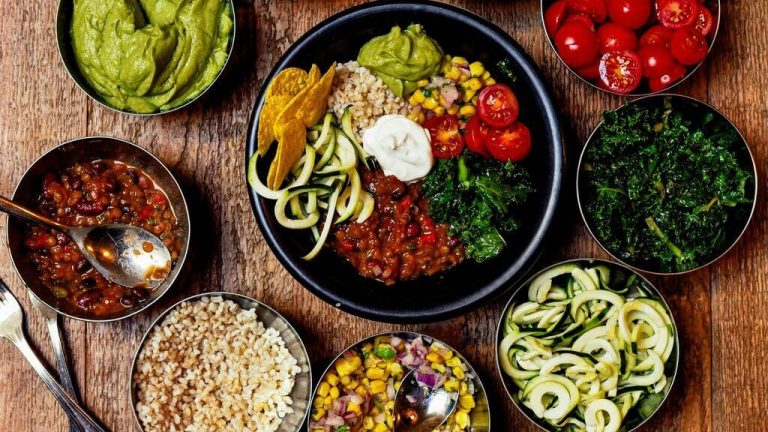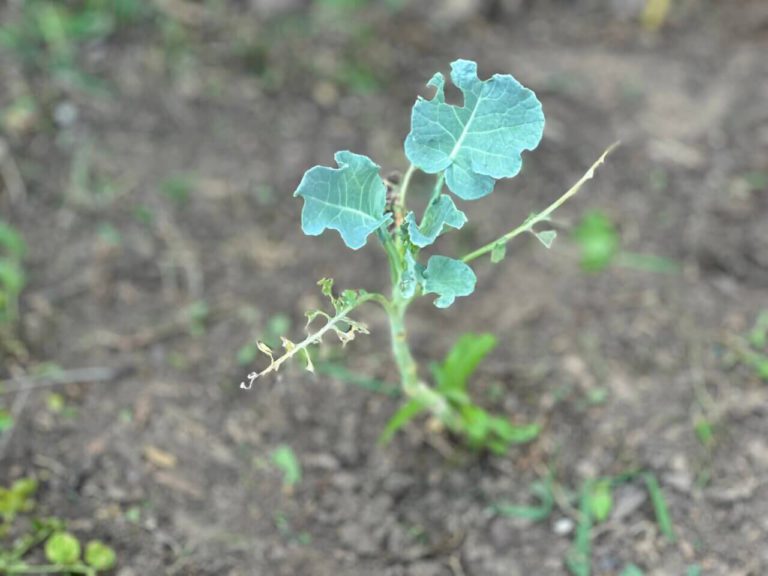Grow Your Own Tea
Did you know there are over 3,000 types of tea in the world? The exact number can vary depending on how teas are classified, but what makes it truly fascinating is that you can grow your own tea in your garden!
Imagine stepping outside, picking fresh leaves, flowers, or herbs, and creating your own tea blends at home. Growing your own tea isn’t just a fun and rewarding hobby. It’s a way to enjoy the freshest, most flavorful teas that are free from additives and pesticides. Plus, you get the added benefit of knowing exactly what’s going into your cup.
The process of making tea is fascinating, and I knew little about it before researching this article. So, before I share how to grow your own tea, it’s important to look at its history and understand how it’s classified.
The Tea About Tea
Teas are generally grouped into five main categories based on how the leaves are processed: white, green, oolong, black, and Pu-erh. The tea processing method’s oxidation and firing steps define the final product’s type, flavor, and quality.
But what’s oxidation? It’s the fourth step in tea production, right after plucking leaves from the plant, withering to reduce the moisture content, and rolling to initiate the release of essential oils. It’s arguably the most important step as it defines the type of tea.
During oxidation, the leaves are exposed to air, allowing enzymes to react with oxygen, changing the leaves’ color and flavor. The oxidation levels vary in each type of tea and are controlled when the fifth step, firing or drying, is initiated.
Firing stops oxidation and dries the leaves to remove any remaining moisture. This step stabilizes the tea and preserves its flavor, allowing it to be stored for a long time. Firing methods vary and include pan-frying, baking, or sun-drying.
Types of Tea
Now that you know how tea is produced, let’s look at what defines tea and divide it into the five categories mentioned above.
Green tea is the least oxidized tea; only a minimal amount of oxidation occurs when it’s produced. The tea leaves are quickly steamed or pan-fried after rolling to prevent further oxidation. This fast-drying method allows them to retain their green color and fresh, grassy taste. Because of the minimal oxidation, green tea retains more antioxidants than other teas, particularly catechins, which are known for their health benefits, including anti-inflammatory and heart-protective properties.
White tea is produced with light oxidation, which creates the lightest and most refreshing tea. The leaves are mostly left to wither and dry naturally. Minimal rolling and oxidation occur, resulting in a light and delicate flavor that is mild and refreshing.
Partial oxidation produces Oolong tea, which resides between green and black tea in terms of flavor and color. This results in a complex, layered flavor with a wide range of tastes, from floral to fruity.
Black tea is fully oxidized, creating a dark, robust tea. This bold, rich flavor often has malty or fruity undertones. It accounts for about 70-80% of the tea consumed globally with hundreds of varieties that result from different growing regions, processing methods, and blending techniques.
Pu-erh tea is created through a special fermentation process that undergoes microbial fermentation and aging. This process can last months to years and creates a unique earthy flavor that becomes smoother and more complex over time.
In addition to these main categories, numerous regional and specialty varieties, flavored teas, and blends contribute to the incredible diversity of teas available worldwide. But most people don’t think of tea in these categories. Instead, they believe tea is hot, iced, herbal, black, and infused.
History of Tea
Narrowing down the history is complicated because many regions claim to be the originators of tea. Asia has a strong claim to early tea consumption, but England has a strong claim to the production of tea and helping expand the use of tea into India.
No matter the origins and credit for the discovery, it is safe to say that tea has been consumed for thousands of years. Currently, a variety of tea types are enjoyed in all regions.
Tea can be compared to beverages like coffee and wine. Just as wines and coffee are influenced by the region in which the grapes and beans grow, tea leaves are impacted by the region, climate, and the year they were grown. In essence, no two seasons are alike. The nuances from year to year and from grower to grower are like those of great winemakers.
Tea has always been popular, but tea infusions have recently become more popular. Tea continues to be served in restaurants and home settings, but more than ever, it’s also widely available in coffee houses and retail markets. No matter your education level or pallet, there is likely an excellent tea for your needs or preferences.
Current Tea Trends
The ever-popular glass of iced tea or cup of hot tea is still available in many restaurants. However, trending tea drink types such as Boba, fruit-infused tea lattes, sweetened and unsweetened varieties, tea java, and more appeal to a wide audience.
The key to a great tea experience and exploring the vast variety of teas is curiosity. As you travel, eat in a new restaurant, explore a tea house, or peruse the tea aisle of your local grocer, be curious about what’s available.
Ask people what their favorite tea drinks are and be willing to try new types. Use a social media resource like YouTube or Pinterest to discover new teas and preparations. In no time, you’ll find you’re an expert in tea varieties and concepts.
I enjoy trying new teas and find that my choice of tea tends to reflect my current mood. This makes it a nice way to express myself. While I still love my morning coffee, I enjoy the variety of teas that I can sip on all day long.
Herbal Teas Are Easy to Create
Herbal teas are one of my favorites, but they are not officially tea. Instead, they are traditional teas infused or blended with other elements such as bark, flowers, roots, and fruits. These added properties offer flavor and provide medicinal benefits.
When other plants’ flavors and properties are added to tea, their benefits are amplified. The resulting herbal teas are then commonly used to treat health and wellness issues, including digestion, cholesterol, blood pressure, insomnia, and anxiety.
Herbal teas also taste great and can be served hot or cold, depending on your mood. Some teas, such as Chamomile, are relatively well known, but others are more obscure.
How many of these teas have you heard of?
- Milk Thistle/Dandelion tea- Great for digestive issues and a healthy liver.
- Lemon Balm tea- Great for elevating your mood and creating peace. Can be used day or night, hot or cold.
- Rose Hip tea- Wonderful for skin and tissue health and also adrenal function.
- Rooibos tea- Considered an anti-aging miracle.
- Sage tea- is great for hair growth and sore throats.
Although you can find prepackaged herbal teas at tea stores and your local grocers, you can also make your own loose herbal tea. The ingredients may be purchased individually, or you can grow your own tea and prepare your favorite drinks at home.
Must-Have Plants to Grow Your Own Tea
Growing your own herbal tea garden is a delightful way to enjoy fresh, flavorful teas. They taste great and, as mentioned above, offer health benefits. Many common herbs, flowers, and even some fruits you can grow in your backyard will create delicious and soothing herbal teas.
These are some easy-to-grow plants that are perfect for creating your own tea blends:
- Mint is one of the most popular herbs for tea. It’s incredibly easy to grow and spreads quickly in the garden. Plant it in its own bed or in a container to help control its spread. There are many varieties, including spearmint, peppermint, and chocolate mint, each offering a unique flavor profile. Mint is refreshing, aids in digestion, and can be enjoyed both hot and cold. Simply harvest the leaves, rinse them, and steep them in hot water for a few minutes to enjoy a fresh cup of mint tea.
- Chamomile is known for its calming properties, making it a great tea for relaxation and aiding sleep. This daisy-like flower can be grown easily in most gardens and prefers full sun and well-drained soil. Harvest the flowers when they are in full bloom. Then, dry them and use them to make a gentle, soothing tea that helps alleviate stress and anxiety.
- Lemon Balm is a member of the mint family. Its mild lemon scent and flavor that make it a refreshing addition to any tea blend. It’s known for its calming effects, which make it a great choice to reduce stress and improve sleep quality. Lemon balm is easy to grow, thrives in full sun to partial shade, and can be harvested continuously throughout the growing season.
- Lavender is often associated with its fragrance but is also a lovely addition to teas. Its floral and slightly sweet flavor pairs well with other herbs like mint or chamomile. Lavender is known for its calming and anti-inflammatory properties. Grow it in a sunny spot with well-draining soil, and use the dried flowers to create a beautiful, aromatic tea that can help reduce anxiety and promote relaxation.
- Rosemary isn’t just for cooking. It also makes a robust, earthy tea that can boost memory and concentration. It’s easy to grow in sunny, well-drained spots and can be harvested year-round in warmer climates. Its pine-like flavor is invigorating, and a cup of rosemary tea can provide an energy lift without the jitters that caffeine might cause.
- Echinacea is known for its immune-boosting properties. It is a beautiful flowering plant that is often used in herbal teas to help fend off colds and flu. Grow echinacea in full sun and well-drained soil. Use the petals, leaves, and roots to create a tea that supports your immune system. It’s a healthy choice and adds a lovely purple color to your garden.
- Hibiscus flowers produce a tart, cranberry-like flavor when steeped, making a vibrant red tea that is both refreshing and rich in antioxidants. This tropical plant prefers warm climates but can be grown in pots and brought indoors during colder months. Hibiscus tea is known for its potential to lower blood pressure and improve heart health, making it a delicious and beneficial addition to your tea repertoire.
- Lemon Verbena offers an intense lemony flavor that surpasses that of lemon balm. It is perfect for those who love a strong citrus taste in their tea. This herb grows well in warm climates and can be a great addition to herbal tea blends. It’s known for aiding digestion and providing a calming effect, making it an excellent after-dinner tea option.
Growing these herbs and flowers in your garden will provide fresh, organic ingredients for your teas and add beauty and fragrance to your outdoor space. You can experiment by combining different herbs to create your own unique tea blends.
Create your Own Tea Blends
If you grow your own tea ingredients, you need to start by harvesting herbs, flowers, and roots at their peak flavor. Clean them thoroughly to remove dirt and insects. You can use them fresh or dry them using methods like air drying, a dehydrator, or low-temperature oven drying.
Dried ingredients may be stored in airtight containers away from sunlight, heat, and moisture to preserve quality. Before combining them, lightly crush leaves and flowers or cut roots into small pieces to release more flavor during brewing.
After preparing your home-grown or store-bought ingredients, experiment with blending small batches to create unique tea combinations.
Consider starting with tea. Though you don’t need tea in your herbal blend, the caffeine boost is likely a boon, so start with high-quality loose-leaf tea, such as black tea. Add your favorite combination of ingredients. Fresh herbs are always preferred, but dried will also do.
Put the ingredients in a tea ball or other gadget designed to steep tea. Depending on the intensity you prefer, steep your tea in boiling water for 2-5 minutes. Remove the tea ball and sweeten or ice as desired.
Taste Test Your Blends When You Grow Your Own Tea
You can test your blends by brewing a small amount and adjusting the ratios to suit your taste. This process ensures your tea is fresh, flavorful, and customized. It also gives you the satisfaction of enjoying a truly homemade herbal tea.
As with all food preparation, it can be fun to experiment and create with different flavor combinations. As you create each version, be sure to record it in a journal like this Garden Journal. Here are some combinations you might like to try for herbal tea:
- Lemon + Sage + Honey
- Mint + Strawberry
- Black tea + Vanilla bean + Cinnamon
- Orange peel + white tea + splash of maple syrup
When it comes to herbal tea, the sky’s the limit for your recipes. You may even want to make preparing tea a family experience. Provide fun ingredients and help your kids make their own concoctions. The good news is that if their tea is a flop, there is very little waste, and they can try again!
Whether you’re new to gardening or an experienced green thumb, growing a tea garden can be a rewarding and therapeutic way to connect with nature while enjoying the fruits (or leaves!) of your labor in a warm cup of homemade herbal tea.
I’m Kim Nelson, a writer, entrepreneur, and Master Gardener. Have gardening questions or want more information? Join the VeggieGardenHQ.com community to get your copy of “Grow These Three Vegetables Anywhere Year-Round” and direct access to much more gardening information that I share in my weekly newsletter.

